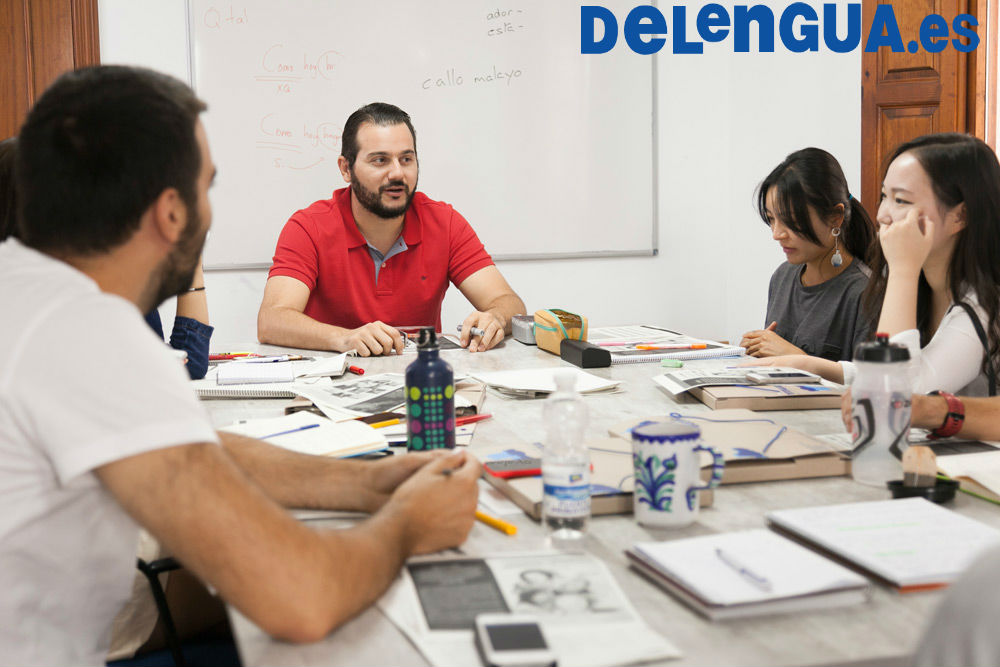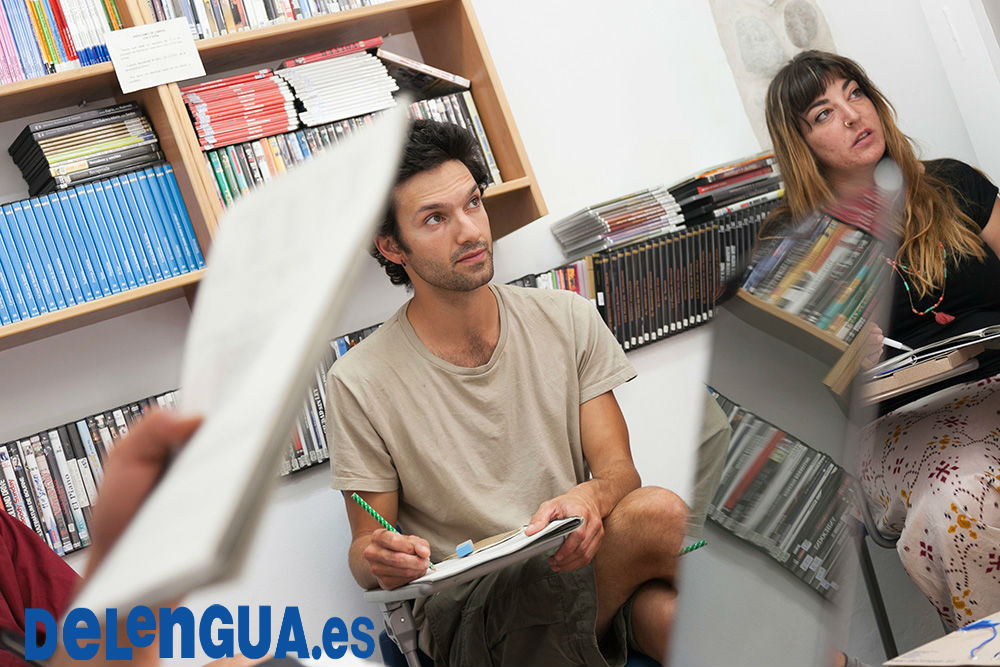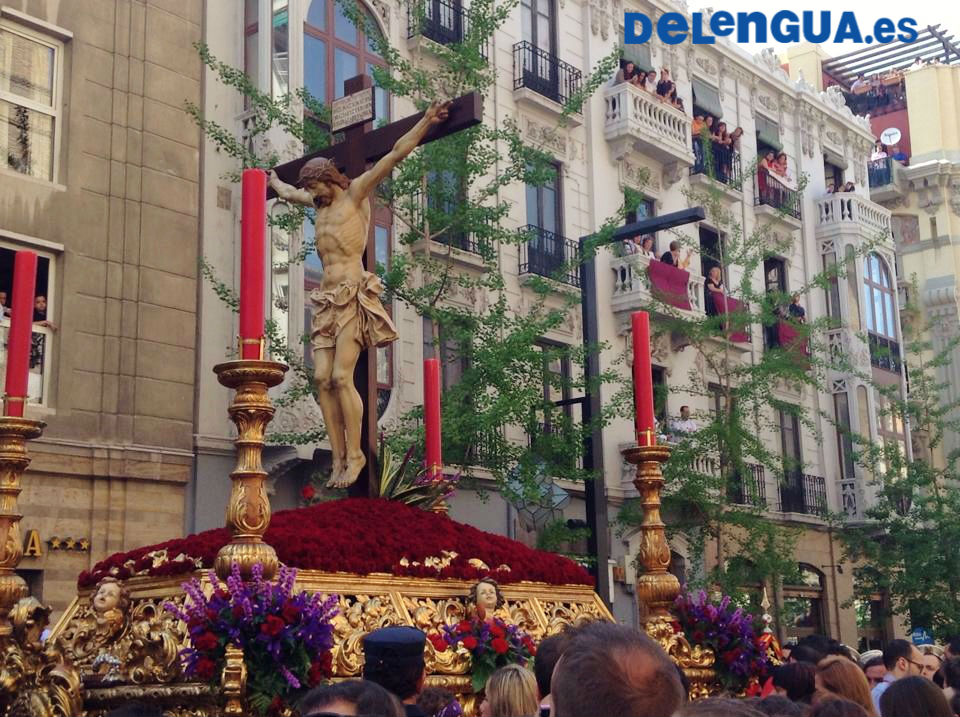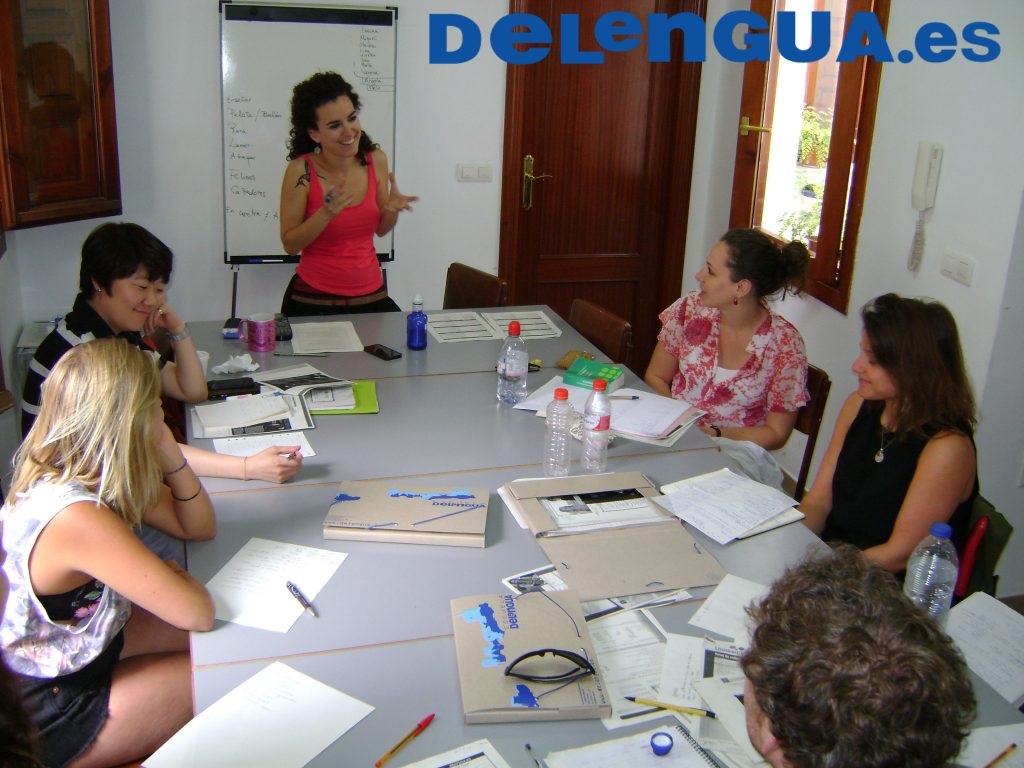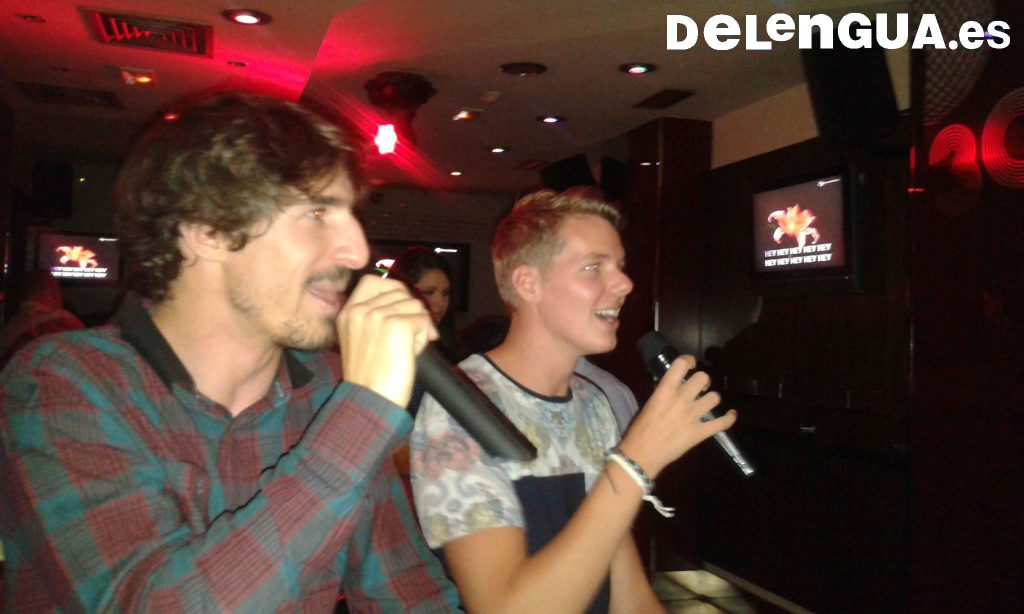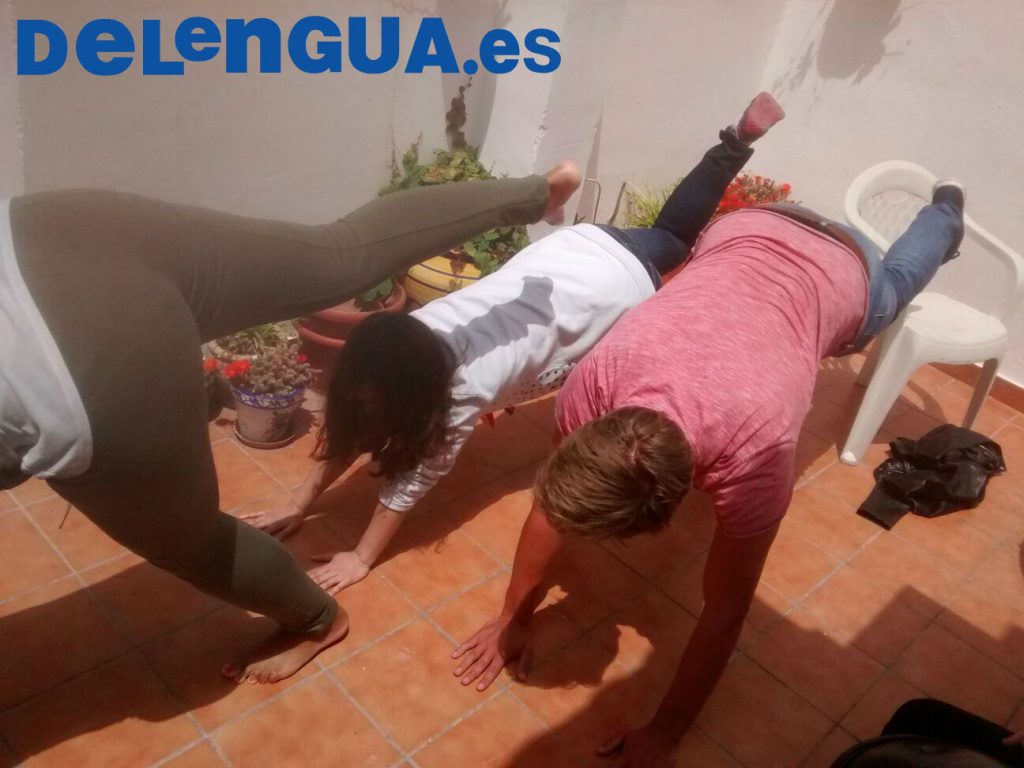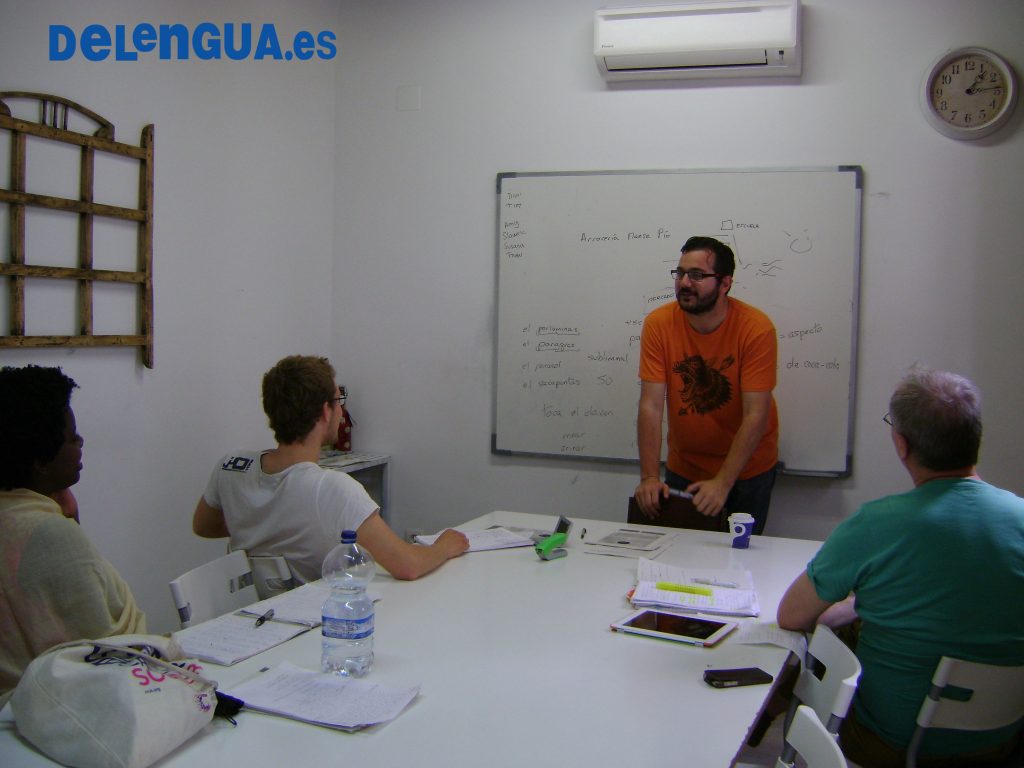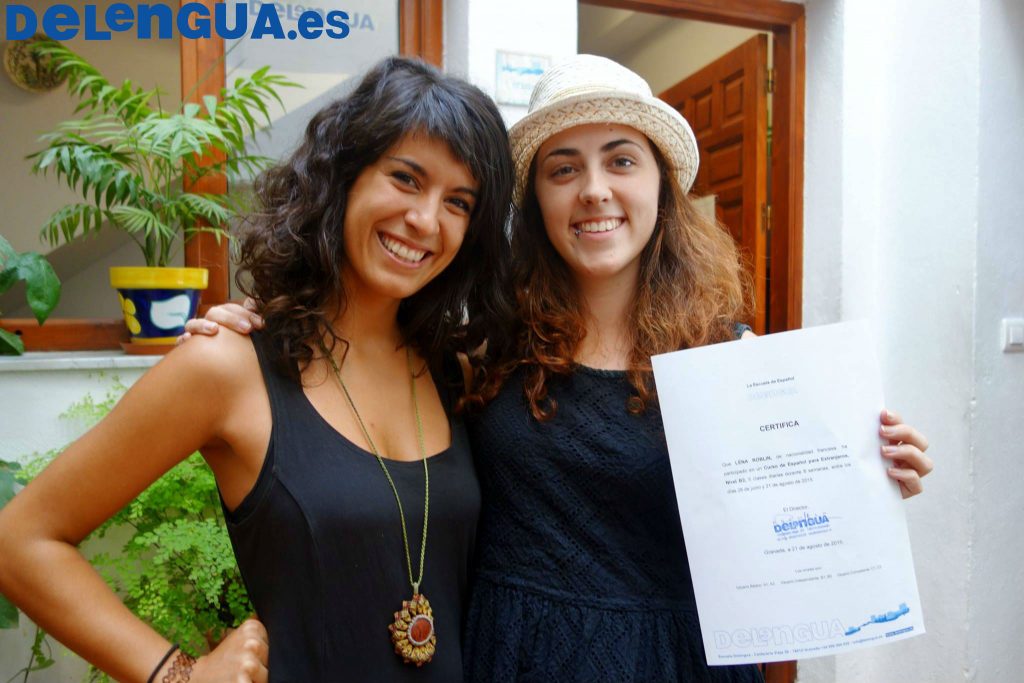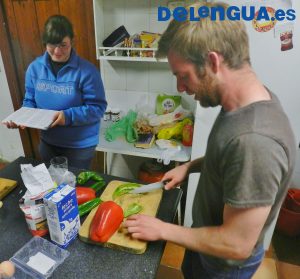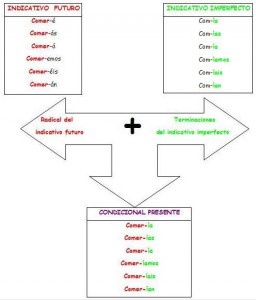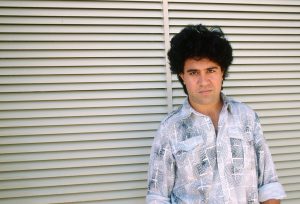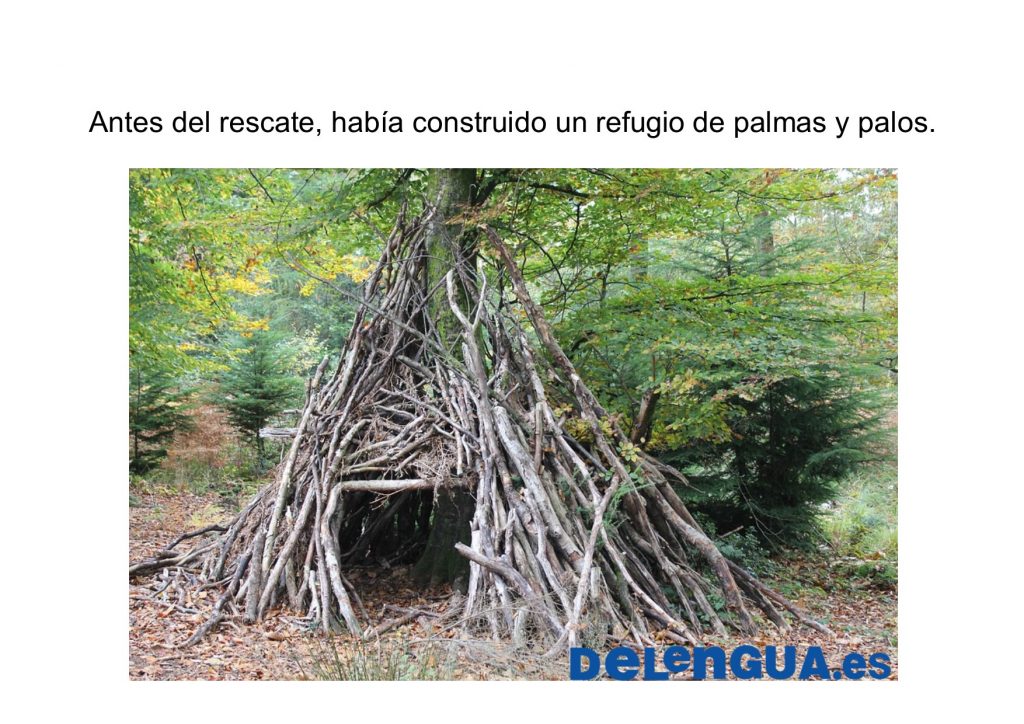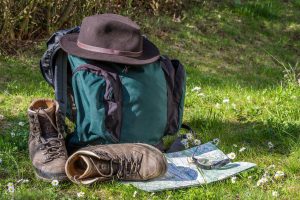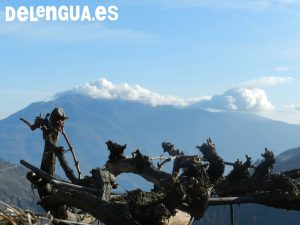
| Español | Inglés | |
|---|---|---|
| Las Alpujarras son una ruta de pueblos en Sierra Nevada, cerca de Granada. Se caracterizan por sus casas blancas que, en parte, son construidas dentro de las cuevas de las montañas.
El nombre viene del término árabe “al Busherat” (al-bugscharra), que se puede traducir como “la tierra de hierba” o “la tierra de pasto”. Este origen también muestra la conexión de los pueblos con la cultura árabe. Los pueblos fueron fundados en parte durante la Reconquista de España. Durante ese tiempo muchos árabes se escapaban a las montañas porque tenían que esconderse de los cristianos. Hoy las Alpujarras son un destino querido por muchas turistas. Por ejemplo Lanjarón, uno de los pueblos más grandes, ofrece un castillo en ruinas y aguas medicinales (un agua mineral muy popular en el sur de España viene de este pueblo en las montañas). Cerca del Río Poqueira, que transcurre por la comarca de las Alpujarras granadinas, hay tres pueblos pequeños: Pampaneira, Bubión y Capileira. Estas aldeas son los lugares más conocidos para los turistas. Por eso ofrecen muchas tiendas de recuerdos, bares o restaurantes llenos de turistas durante los meses de verano. A pesar de todo el turismo, los tres pueblos y las Alpujarras en general no han perdido su garbo urbano. Si tienes ganas de ver el espectáculo natural de las Alpujarras, ¡ven a Granada y apúntate a un curso de español en Escuela Delengua! Nosotros te damos la posibilidad de aprender español y participar en nuestras excursiones gratis: por ejemplo un día en las Alpujarras con un guía de nuestra escuela… |
|
The Alpujarras are a routing through Sierra Nevada, near Granada. They are caracterized through its white houses which, partly, are built in caves in the mountains.
The name comes from the arabic term “al Busherat” (al-bugscharra), which you can translate as “the ground of herbs” or “the ground of forage”. The arabic name also show the connection between the villages and the arabic culture. The villages were partly founded during the Reconquest in Spain. During this time lots of arabs escaped to the mountains, because they had to hide from the christians. Today the Alpujarras are a popular destination for lots of tourists. For example offers the village Lanjarón, one of the biggest villages, a castle in ruins and medicinal waters (one very popular mineral water in the south of Spain comes from this village in the mountains). Near the River Poqueira, which flows through the district of the granadian Alpujarras, are the three smaller villages Pampaneira, Bubión and Capileira. These villages are the most popular locations for tourists. Thats why they offer lots of souvenir shops and bars or restaurantes which are well filled with tourist during the sommer months. Besides of the tourism, the three villages and the Alpujarras in general haven’t lost their urban charm. If you would like to see these performance of nature, the Alpujarras, come to Granada and register for a spanisch course with the language school Escuela Delengua! We give you the posibillitiy to learn spanish and to participate in our gratis excursions. For example one day in the Alpujarras with a guide of our school. |
